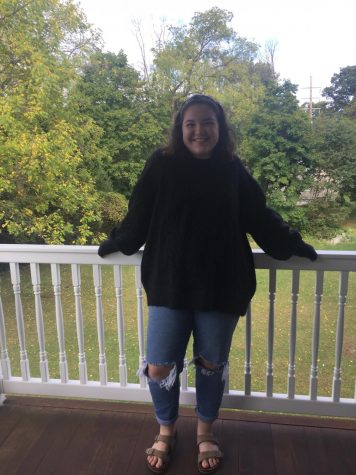What the She-Ra Reboot Means for Diversity
She-ra and the Princesses of Power ran for a total of five seasons, over two years.
Redemption, acceptance, love conquering all–the 2018 reboot of the animated television series “She-Ra: Princess of Power” (S:PoP) covers it all. While the reboot does stray from the original, in this case that was actually a good thing. The creative freedom of the reboot allowed it to bring some much-needed diversity to the animation scene. The show only ran for two years, yet within its five seasons, the showrunners were able to give fans an array of racially diverse and LGBTQ+ inclusive characters. This reboot gave fans the diversity they asked for without sacrificing the show’s overall quality, nor making the representation performative.
Blogger Oren Cohen of “The Geek Writer” said it best: “Overall, the creators of the show do not rub representation in our faces. They weave it into the story in a subtle way that makes people — especially children — understand that this is normal.”
Without spoiling anything, some of the diversity we see includes (but is not limited to): gay and lesbian couples, transgender and nonbinary characters, and a character on the autism spectrum. The show makes a point to treat everyone respectfully as people and as mutuals, regardless of personal feelings for the people or person in question. The diversity on this list also doesn’t feel forced, which is the way it should be.
Not only does the show present natural diversity, but it also manages to beautifully cover and handle heavy topics such as the effects of abuse. Two of the main characters experience abuse from a mother figure, and one of the larger plot points focuses on how they work through and manage their trauma and how they move forward with their lives.
That said, one thing worth noting is that even though the show has been applauded for its female representation, it failed one of its side characters, Castaspella. As the Tanner Twins pointed out on their YouTube channel, in the original show Castapella was a powerful sorceress defined by her amazing rivalry. In this version, she is essentially just an aunt to one of the main characters. The show has been complimented on making the women in it powerful without a connection to a man, but Castaspella is now, essentially, only relevant because of her connection to a man.
Overall, I HIGHLY recommend this show. As a queer person, I have never felt so seen by a piece of media in my life. Though I’ve made a point of talking about diversity, you don’t need to be part of one of the diverse groups to enjoy the show. If you enjoyed “Avatar: The Last Airbender,” you’ll probably like this show too. If you want to watch S:PoP, you can find it on Netflix, but make sure to bring some tissues!

Senior Sarah Cassavaugh is a first-year staff reporter for the Spotlight. She is also a part of Aevidum and works part-time after school at Ye Olde Spring...


